WILLIAM ACHEFF
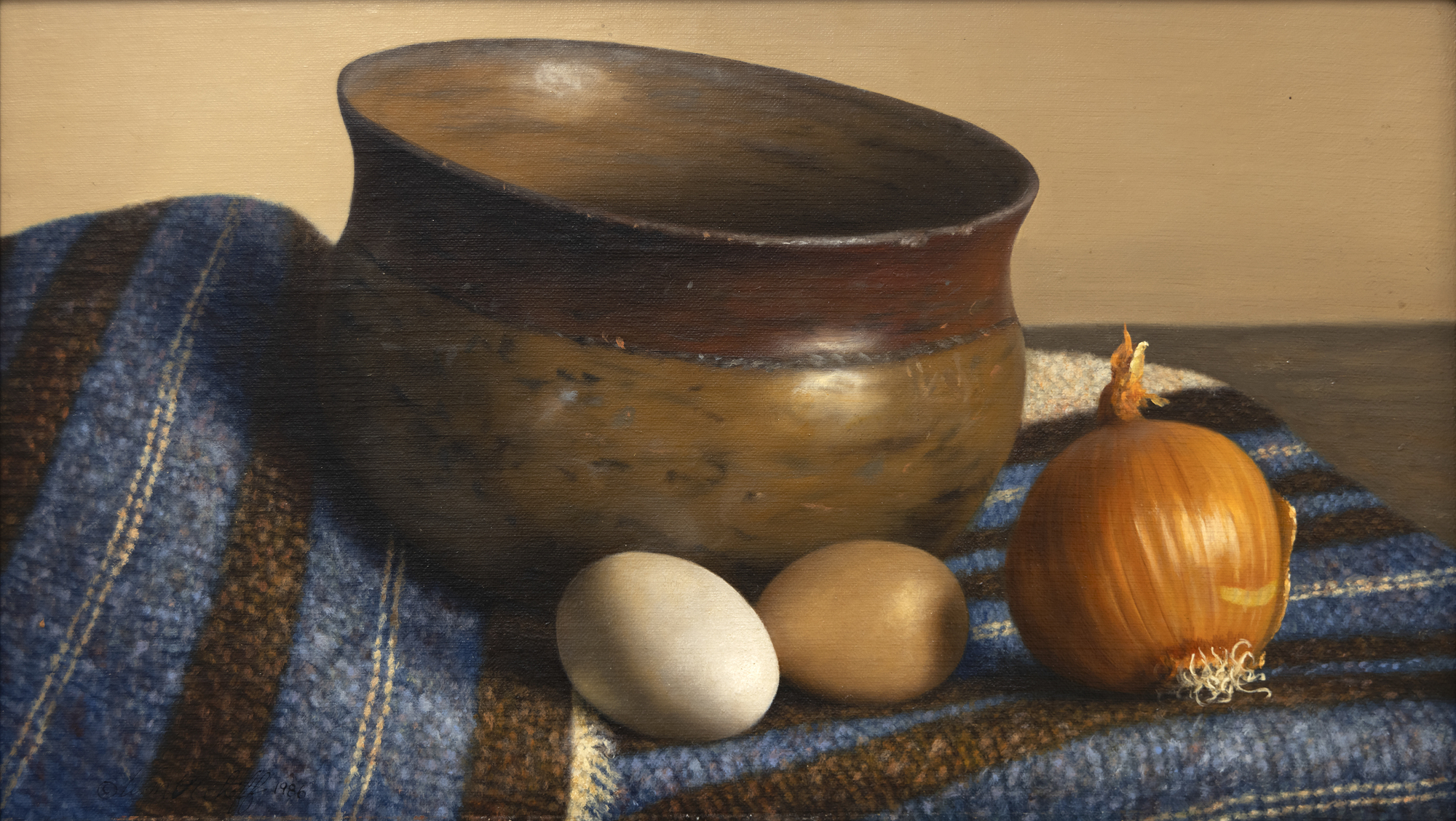
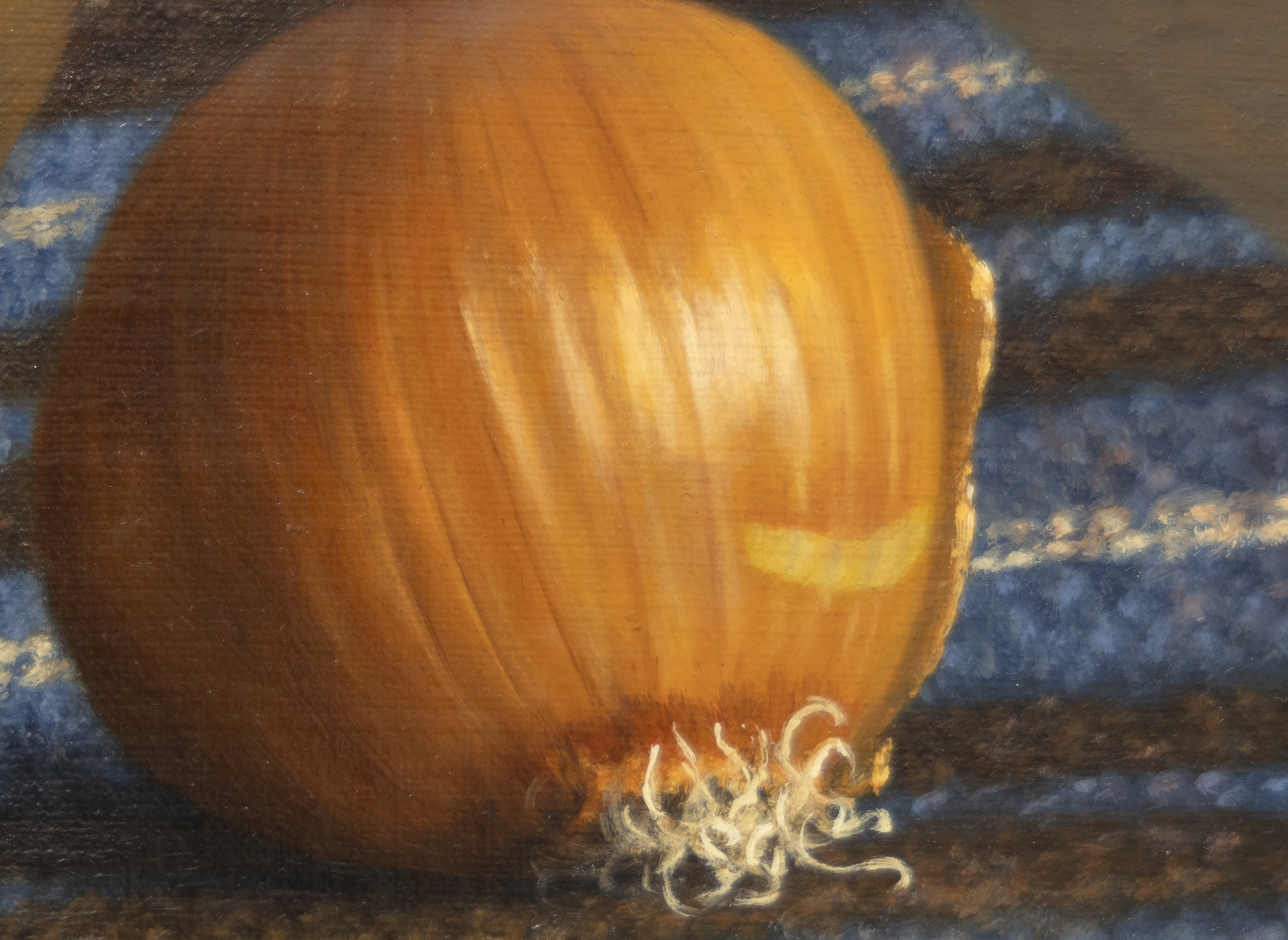
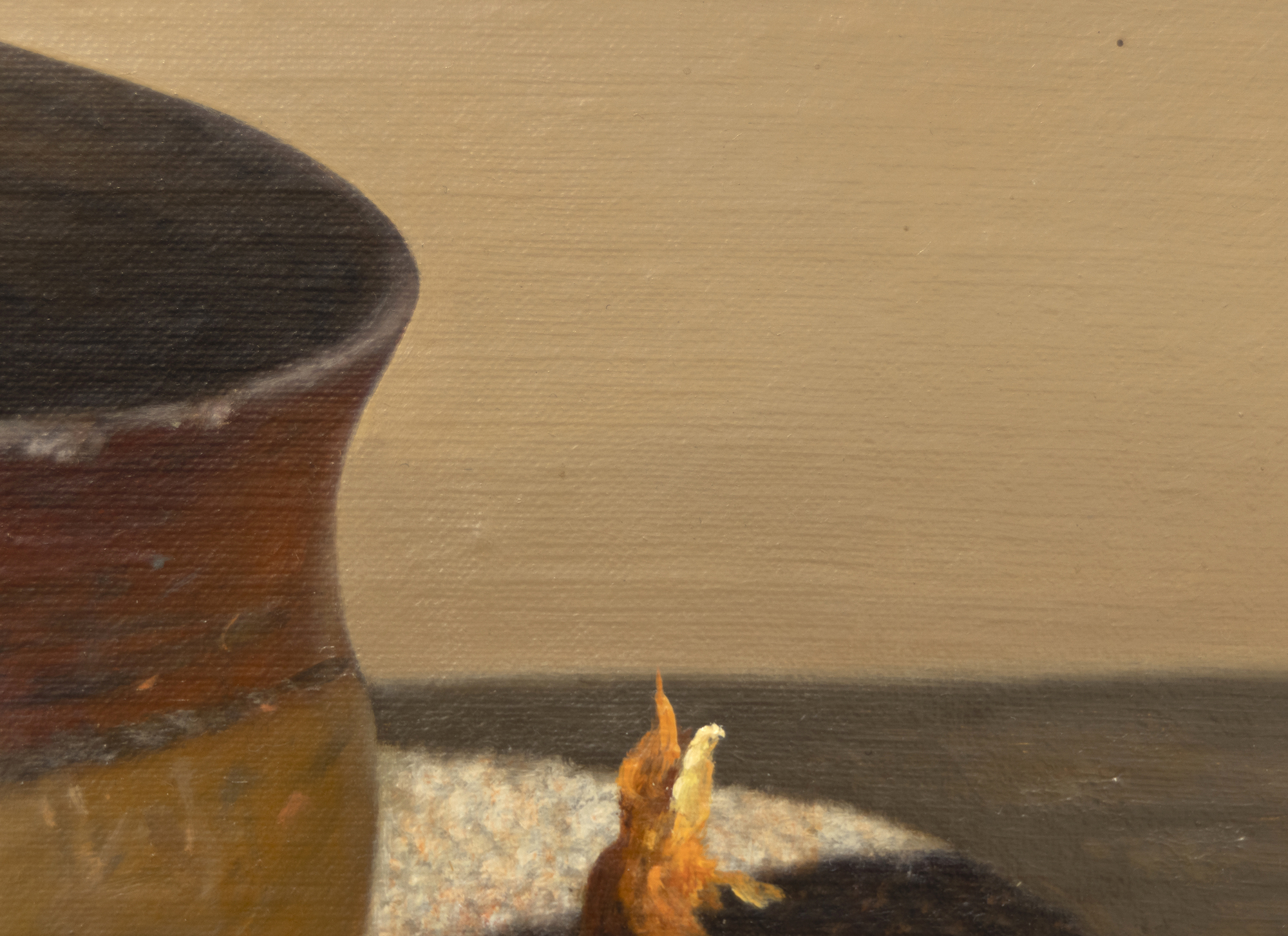
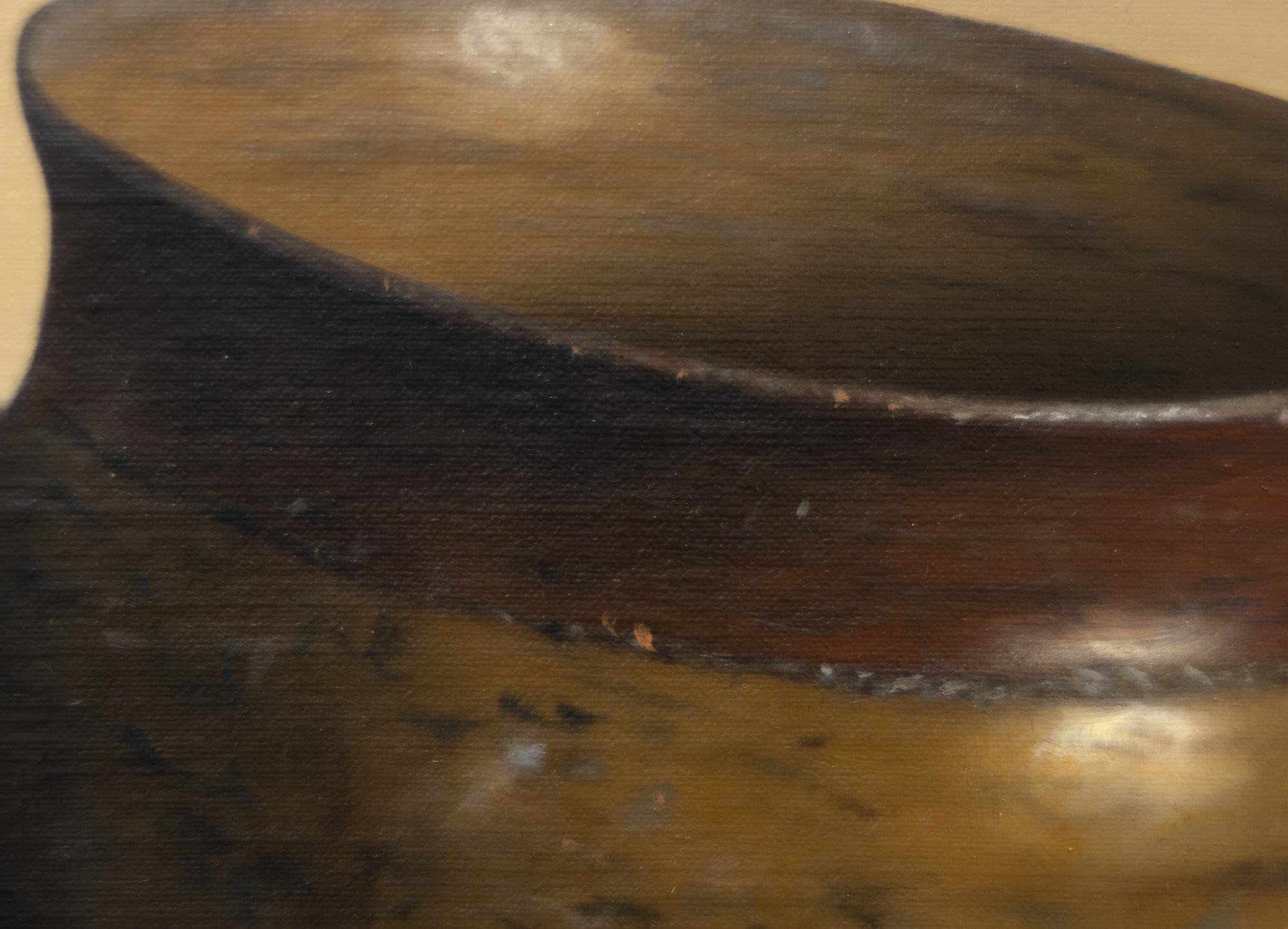
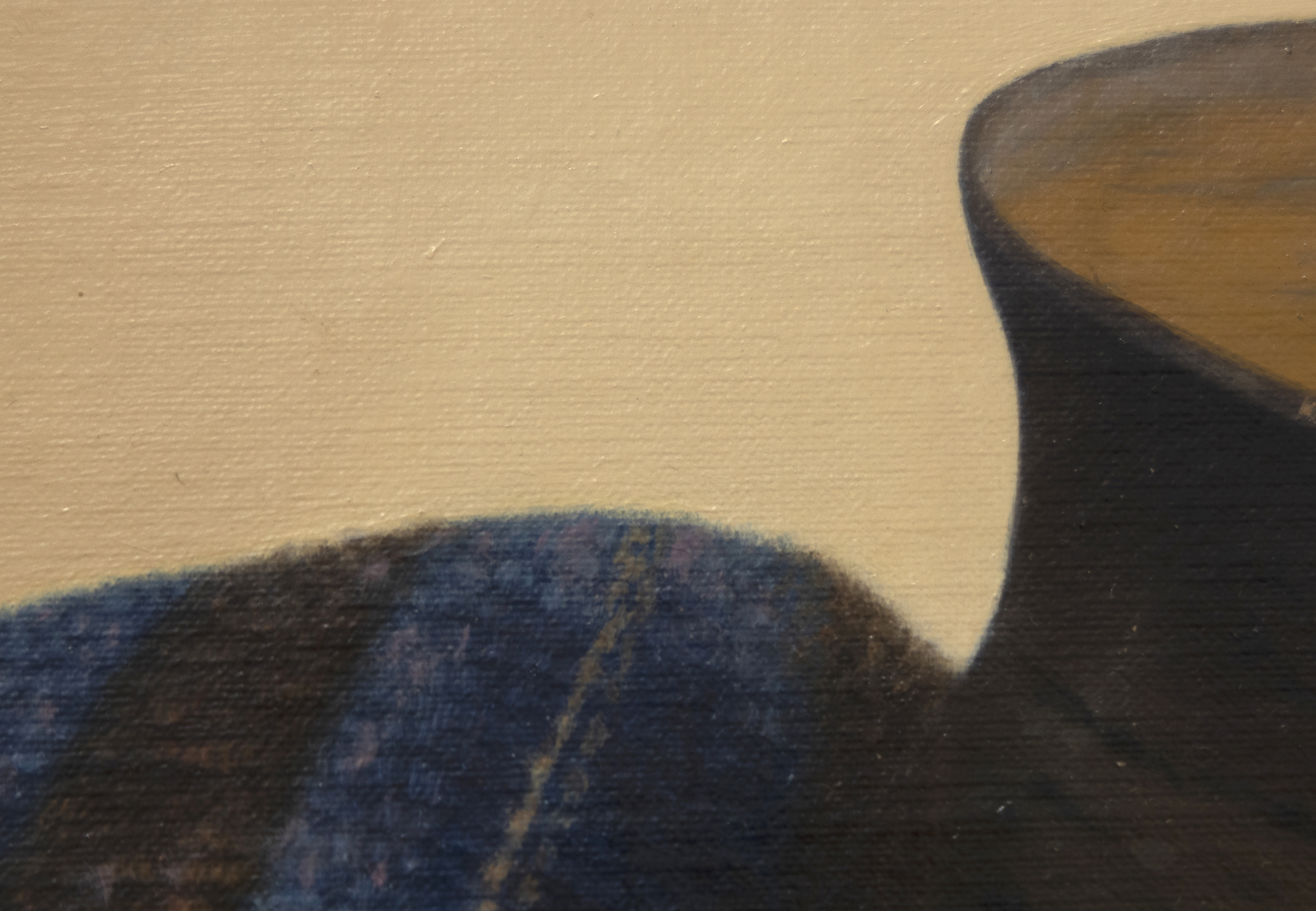
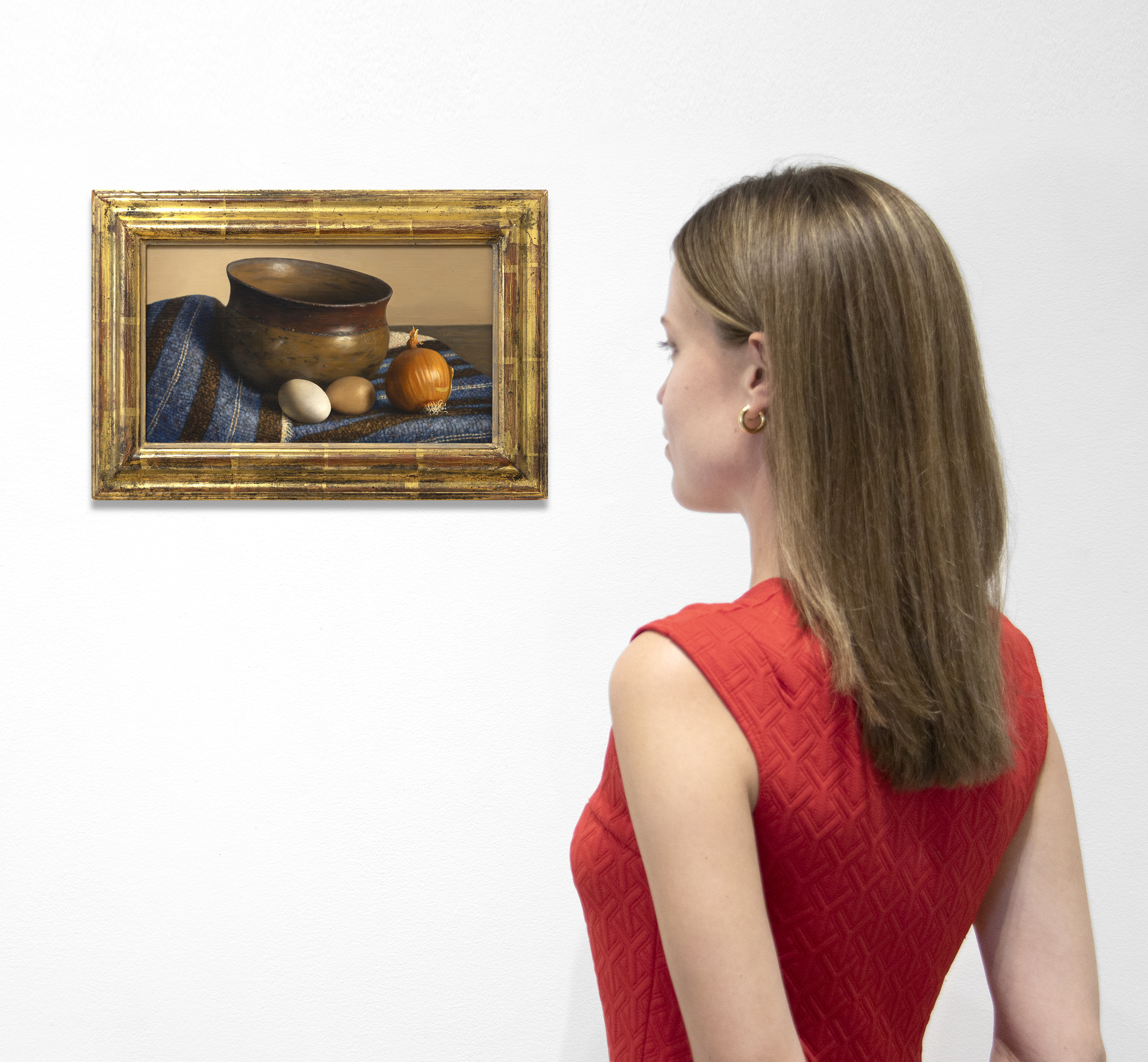
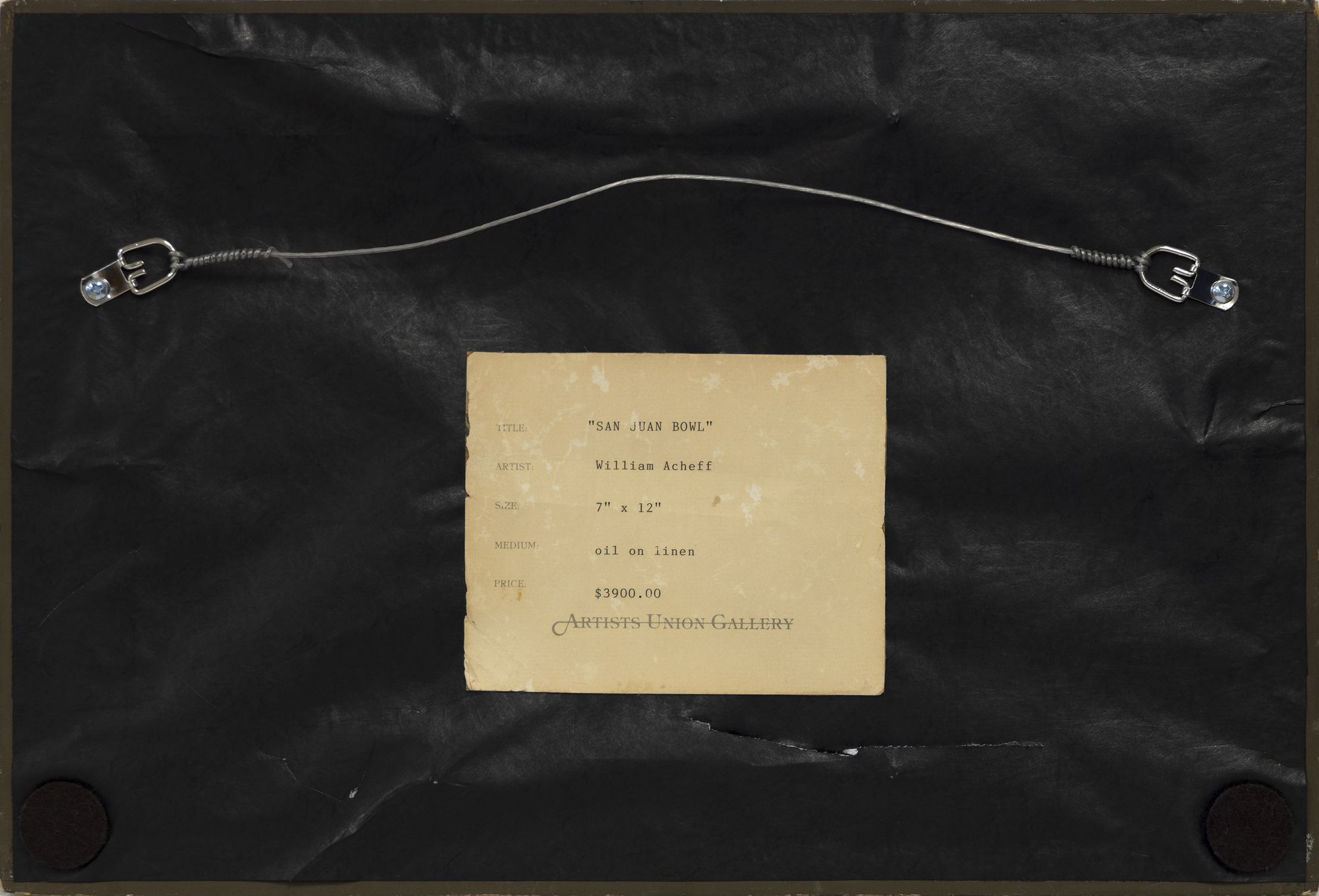
Provenance
Collection privéeLe bol représenté ici provient de San Juan, un pueblo riche d'une tradition de création de récipients en poterie à usage fonctionnel. Bien que les premières formes élégantes et les belles courbes aient disparu dans les années 1900, elles ont été ravivées dans les années 1930 et 1940, lorsque des femmes locales ont étudié des poteries anciennes de la région pour créer un bol tel que celui représenté ici. Plutôt que "San Juan", les autochtones préfèrent le nom traditionnel Ohkay Owingeh, qui signifie "lieu du peuple fort".


